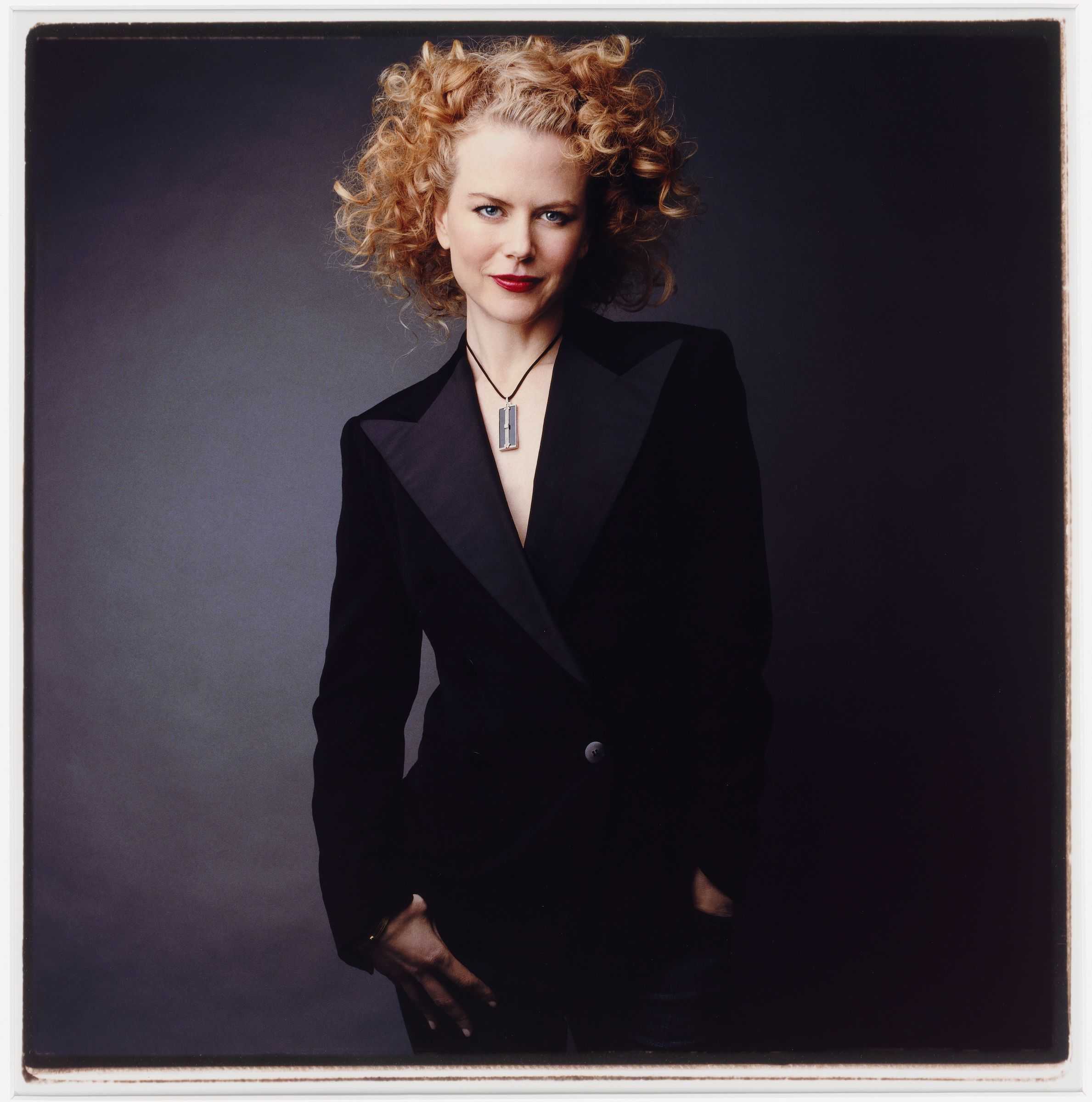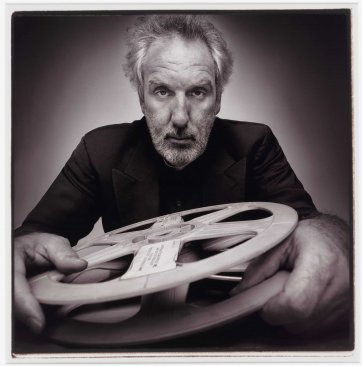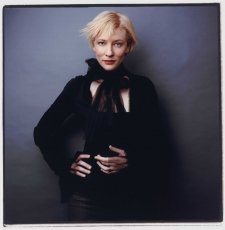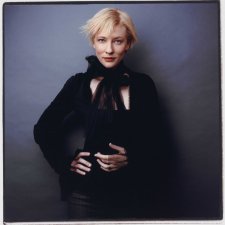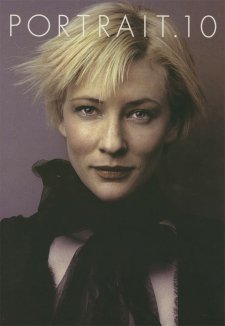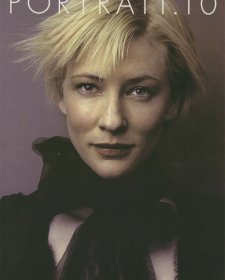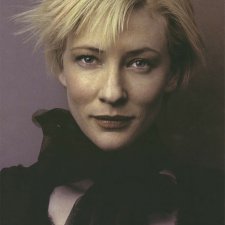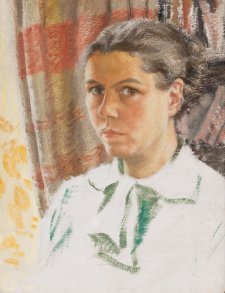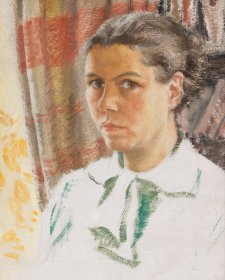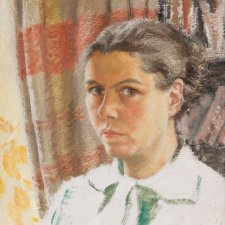Australians in Hollywood celebrates the achievements of Australians in the highly competitive American film industry. Featuring over 80 images, the exhibition showcases the stories of Australian actors and technicians in Hollywood, from our pioneering exports of the silent era to the Oscarwinning stars of the so-called 'Aussie invasion' of today.
From the very earliest years of commercial cinema, Australians by birth or close association have made an indelible mark on Hollywood. When Nicole Kidman accepted her Best Actress Oscar in early 2003, she not only joined such contemporary Academy Award winners as Russell Crowe, Geoffrey Rush and Mel Gibson, she also became the latest in a long historical line of Australian Oscar winners that stretches back to 1942, when cameraman Damien Parer collected Australia's first Oscar for his wartime documentary Kokoda Front Line. In the years since, Aussies have won Academy Awards for acting, direction, costume design, music, animation, special effects and other important technical achievements.
But for every participant in the current Australian invasion of Hollywood - for every Cate Blanchett, Guy Pearce, Hugh Jackman and Toni Collette - there is a lesser-known Australian export from the past who helped paved the way. Indeed the story of Australian talent in Hollywood stretches right back to the silent era, with some very notable achievements from stars who dared to make their own way to Tinseltown.
It was acclaimed Australian director Charles Chauvel - who had himself spent time working in Hollywood - who discovered Errol Flynn, perhaps our greatest ever international star. Plucked from obscurity to play Fletcher Christian in Chauvel's In the Wake of the Bounty (1933), the rangy Tasmanian won instant acclaim among legions of lady fans. Soon thereafter Flynn emigrated to London and then to Hollywood, where he made an almost immediate splash as the swashbuckling Captain Blood (1935). A prolific swordsman both on screen and off, Flynn appeared in some of the biggest action and adventure movies of his day, including The Charge of the Light Brigade (1936), The Adventures of Robin Hood (1938), and Dive Bomber (1941).
As Flynn's career entered its sad decline during the 1950s, the star of another Australian, Peter Finch, was on the rise. Like many of our greatest cinematic exports - Nicole Kidman, Russell Crowe, Mel Gibson - Finch wasn't actually born in Australia. He was born in London to an Australian father, who brought the family to Sydney when Peter was ten. As a young man Finch worked in theatre and appeared in such classic Australian films as Dad and Dave Come to Town (1938). It was Laurence Olivier, touring Australia with his wife Vivien Leigh, who urged Finch to try his hand on the London stage. In the ensuing decades Finch would appear in countless British and American films. His best-known part was his last one, in Network (1976). Finch died shortly before the 1977 Academy Awards ceremony, at which he was awarded a posthumous Best Actor Oscar for his performance - the first actor ever to receive that honour posthumously, and the first Australian to win an acting Oscar.
Annette Kellerman (1887-1975) was one of our earliest success stories. Kellerman took up swimming as a child to help correct a birth defect in her leg, and became famous for marathon swimming feats in Australia and England. In the US she first gained notoriety in 1907, when she was arrested on a Boston beach for wearing a one-piece swimsuit that revealed an indecent proportion of her arms and legs. Before long, Hollywood's Universal Studios signed her to star in a string of aquatically-themed movies - one of which, Neptune's Daughter (1914), required her to perform a daring nude scene, her modesty shielded only by a carefully deployed length of seaweed. Later films included A Daughter of the Gods (1916) and Venus of the South Seas (1924). Her career was commemorated in the 1952 movie Million Dollar Mermaid, starring Esther Williams as Kellerman.
Not so well known is the successful career of Harold 'Snub' Pollard (1889-1962) who first worked in Australian vaudeville before breaking into films during an American tour. His early movie work included a stint with Keystone studios and an uncredited appearance as the refreshment stand clerk in Charlie Chaplin's By The Sea (1915). Having adopted an upside-down Kaiser Wilhelm moustache as his comic trademark, he worked as a sideman for silent-era legend Harold Lloyd in a series of slapstick films before being given his own starring series in 1919. He passed his use-by date as a slapstick artist in the mid-20s, but was reborn as a sound comedian in the late 30s, when he played Pee Wee McDougal, comic sidekick to the singing cowboy star Tex Ritter, in a series of films including Sing, Cowboy, Sing (1937), Tex Rides with the Boy Scouts (1937) and Utah Trail (1938). All told, Pollard appeared in well over 200 movies.
After the impressive recent form of Australian actors at the Oscars, it's easy to forget that Australia has collected its largest swag of Oscars in a different category - that of costume design. With three Oscars to his name, the rarelyphotographed Orry-Kelly (1897-1964) remains Australia's highest achiever at the Academy Awards. Born John Orry Kelly in Kiama NSW, Orry-Kelly served as chief designer for Warner Brothers from 1931 to 1945, during which time he clothed such stars as Bette Davis, Marilyn Monroe and Olivia de Havilland and created costumes for such legendary films as The Maltese Falcon (1941) and Casablanca(1942). He won Oscars for An American in Paris (1951) Les Girls (1957) and Some Like it Hot (1959) and was nominated for Gypsy (1963).
In 1967 another Australian-born designer, John Truscott, achieved a then-unique double for an Australian at the Oscars, picking up two awards - one for art direction and one for costume design - for his work on the film Camelot. Thirty years later Lizzy Gardiner and Tim Chappel won for the Australian low budget film The Adventures of Priscilla, Queen of the Desert (1994). They were joined in 2001 by another Australian design team, Catherine Martin and Angus Strathie, who received the costume Oscar for Moulin Rouge. Martin, married to the film's director Baz Luhrmann, received a second Oscar for the film's art direction, thereby emulating John Truscott's double achievement.
The exhibition reveals that the successful directors who were part of a resurgent Australian film industry in the 70s have crossed the Pacific to add their own contributions to the continuing story of Australians in Hollywood. Bruce Beresford, who directed some of Australia's key films including Don's Party (1976) and Breaker Morant (1980), debuts in America with Tender Mercies (1983) and then Driving Miss Daisy (1989), which wins four Oscars. Gillian Armstrong, whose first feature film My Brilliant Career (1979) launched the career of Judy Davis, directs internationally successful films such as Little Women (1994), Oscar and Lucinda (1997) and Charlotte Gray (2001), while The Chant of Jimmie Blacksmith's director Fred Schepisi goes on to make Barbarosa (1982) Roxanne (1987), and Six Degrees of Separation (1993). The exhibition includes the successful George Miller, Peter Weir, Phillip Noyce and Scott Hicks. The high standard set by cameraman Damien Parer winning Australia's first Academy Award in 1942 has been followed by Australian cinematography Oscars winners John Seale for The English Patient (1995) and Dean Semler for Dances with Wolves (1990). Other behind the scene triumphs include Gold Coast based John Cox who founded the John Cox's Creature Workshop, which constructed the menagerie of animatronic farm animals for George Miller's Babe, that earned Cox an Academy Award for Visual Effects.
Australiacurrently boasts an astonishing array of international cinematic drawcards. Errol Flynn's leading role in In the Wake of the Bounty now seems to be echoed in the present by Russell Crowe in Peter Weir's latest film Master and Commander. Clearly the story of Australian achievement in Hollywood has many more chapters to go.
